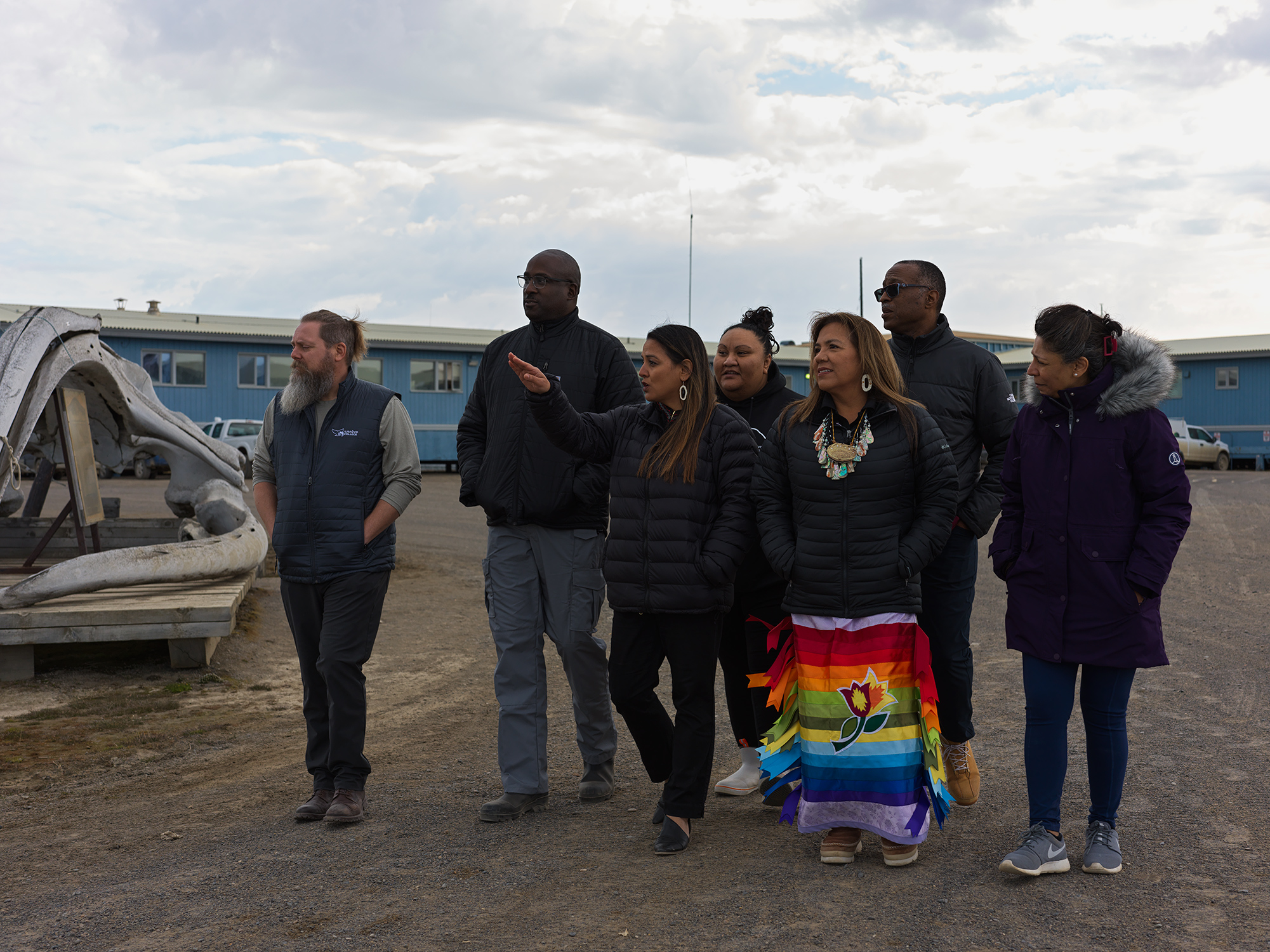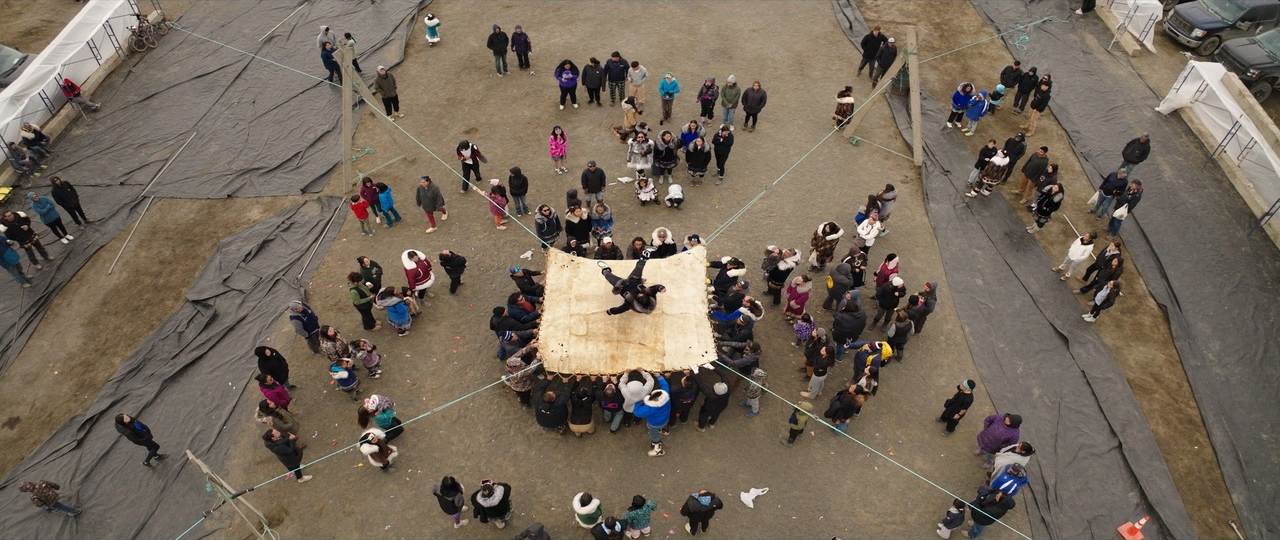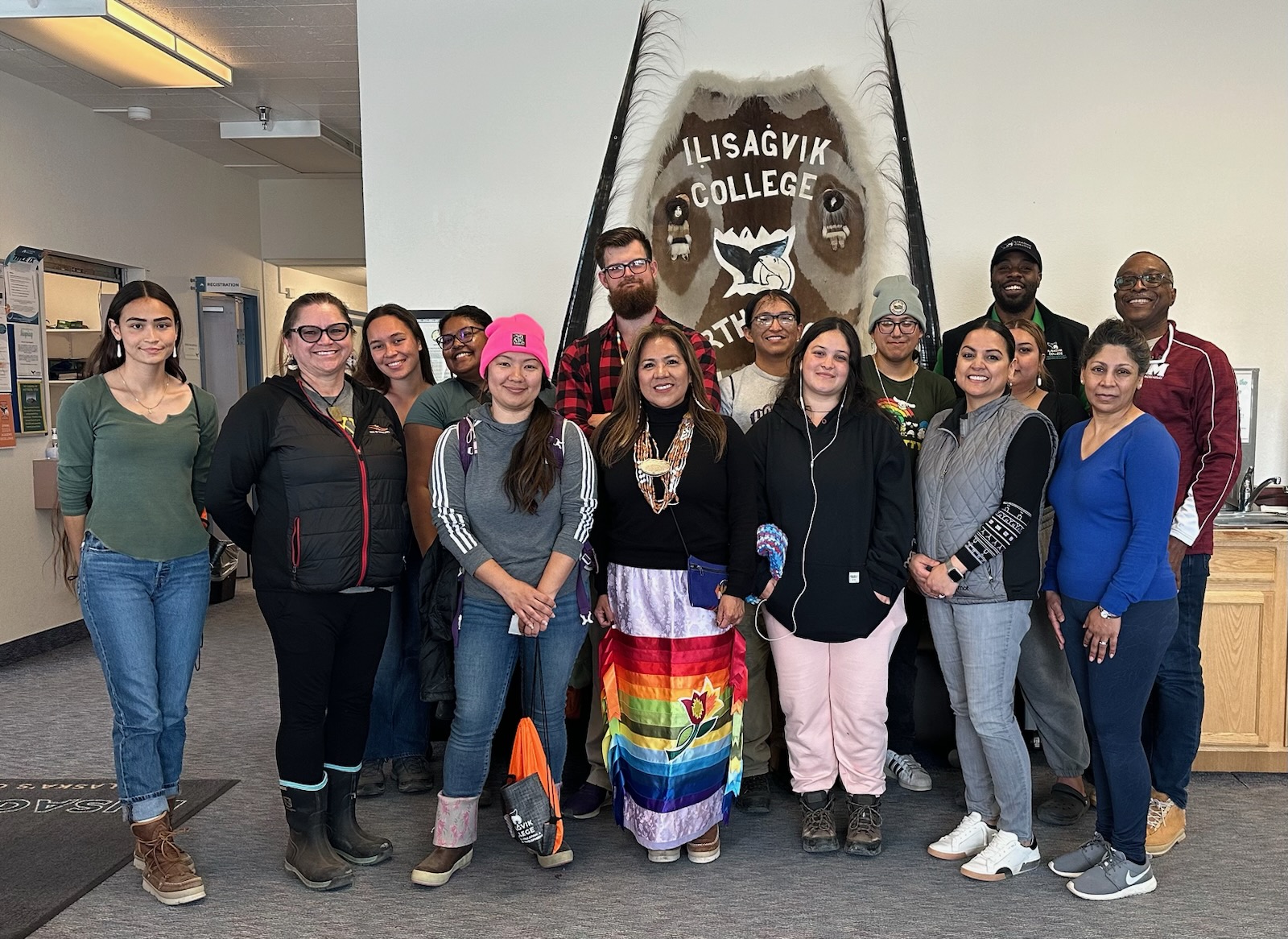- Are Amazon Basics tools any good? I bought a bunch to find out, and you'd be surprised
- VMware Product Release Tracker (vTracker)
- Cisco Live 2025: Collaboration Reimagined for the Agentic AI Era
- How Reddit's new AI ad tools help brands join the conversation
- Broadcom resets private cloud strategy with VMware Cloud Foundation 9.0
Preserving Culture Through Technology: An Unforgettable Experience in the Arctic

In June 2024, two of my passions—Native American culture and technology—converged at the top of the world. Along with a small team from Cisco and IP Consulting, an African American Cisco Partner, I journeyed to Utqiaġvik (Barrow) Alaska, to support IỊisaġvik College and the Iñupiaq Alaska Native Tribe.
My visit was a bucket list item I didn’t know I had until I was there. We weren’t there to change the Iñupiaq culture but to help preserve it.
Identifying and Meeting a Need
Cisco’s Social Justice Action 8 supports the sustainability of minority-serving colleges and universities by providing funding for students and technology modernization.
When we arrived at IỊisaġvik College—Alaska’s only Tribal College located in the northernmost city in the U.S.—I truly understood their challenges. The community is accessible only by plane or barge, and due to its remoteness, keeping technology current can be daunting.
With Action 8 as our guide, we assessed IỊisaġvik College’s cybersecurity infrastructure and implemented solutions to meet the federal standards required to preserve the institution’s Title IV funding. In addition, we introduced Cisco’s Networking Academy to its curriculum, providing opportunities for students to earn industry-recognized certifications.
Beyond Technology Enhancements
While our work focused on improving the college’s cybersecurity, perpetuating the Iñupiaq way of life was an even more significant aspect of the trip.
As a Native American, I understand the critical importance of preserving Indigenous cultures from generation to generation. It’s something I’m passionate about as I continue my grandmother’s life’s work as she did at the Intertribal Friendship House in Oakland, California, and as founder and global lead of Cisco’s Native American Network (NAN), one of Cisco’s 30+ Inclusive Communities (our name for Employee Resource Groups). Justina Wilhelm, IỊisaġvik College’s president, shares this commitment, recognizing that cultivating expertise in IT and cybersecurity in the Arctic is essential to her community, enabling the Iñupiaq culture to be maintained and strengthened. I think the contingent from Cisco and IP Consulting helped her to achieve this outcome.
New Friends and Traditions
From the moment we arrived and throughout our trip, I was moved by how welcoming everyone was to us. The Iñupiaq people are rich in culture and embrace their subsistence traditions, which they happily shared with us. Community is everything to these people and each night we shared a meal with a different family. Since our visit occurred during whaling season, we participated in whaling ceremonies, including the blanket toss, which is how hunters historically checked the horizon for whales. I also visited the Iñupiat Heritage Center, where I learned how tribe members make traditional clothing, and shared some of my own tribe’s clothing customs.

I also had the chance to connect with the students at the college, showing them there is hope and opportunities for people who look like them. To me, representation for the next generation is essential, and those conversations were some of the most meaningful moments of the trip.
A Personal Learning Journey
Throughout my career at Cisco, I have eagerly embraced opportunities to represent my Indigenous culture in several projects that brought Cisco technology to Tribal communities. Each experience was unique and inspired me in unexpected ways. My visit to Utqiaġvik was no exception, and my journey to this remote town was one of my favorite trips of all time. I gained so much from experiencing the similarities and differences between my Native culture and the Iñupiaq people’s. Their village, from the houses to rez dogs to children playing outside, reminded me of the reservation where I grew up and made me feel at home. But I also found beauty in our differences and was especially humbled to participate in the community’s whaling ceremonies. From the traditional dances to consuming whale five different ways, it was like nothing I’d ever experienced before.

More than that, I’m grateful to work at a company that is changing the narrative for underrepresented people. Native Americans make up less than one percent of Cisco’s 80,000+ employees. So, it would be easy to feel invisible here. Instead, I am encouraged to be my true, authentic, Native American self in everything I do—whether that’s in an office, at a conference, presiding over a Land Acknowledgement, or supporting our social justice work at the top of the world. I have been given a seat at the table and an amazing opportunity—and responsibility—to represent my community with Cisco’s support.
IỊisaġvik College was the second Tribal College Cisco supported through our social justice initiative. I’m filled with gratitude for the chances I’ve had to participate alongside my Cisco peers in purpose-led work like this and other Tribal community projects, and I look forward to expanding our impact to more Indigenous-serving schools and discovering new things about myself in the process.
To learn more about Cisco’s support of IỊisaġvik College, read Connectivity at the top of the world: Preserving the past, partnering for the future.
Subscribe to the WeAreCisco Blog.
Share:

